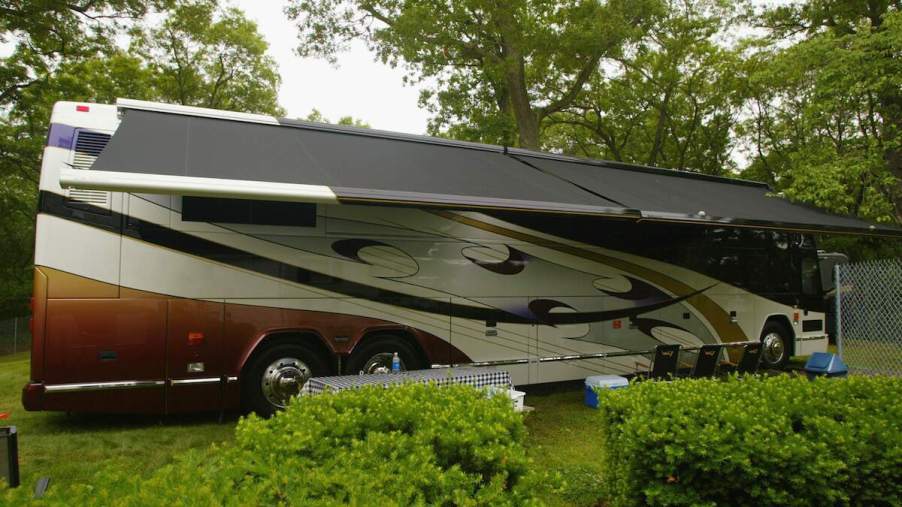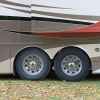
What Is RV-Bridge, and Why Would You Want It in Your RV Before Hitting the Open Road?
RV owners are a diverse group ranging from retirees and full-timers to vacationers and weekend warriors. And though many cruisers don’t customize their rigs, a surprising number upgrade their RVs to suit their needs, such as changing a bathroom sink faucet to adding massive solar arrays. One owner went even further and merged two technologies into one helpful solution called RV-Bridge.
RVs have exploded in popularity
In a file posted on GitHub, Randy Ubillos explains how his family began traveling in an RV shortly after the COVID-19 pandemic began. They purchased a Class A motorhome they named “the Penguin Express” and, over the past few years, put nearly 30,000 miles on it “to see more of the Western U.S.”
Ubillos likes to tinker with the Penguin Express, evidenced by his adding a “reverse osmosis water filter with an LCD control panel” and a GPS-enabled bedroom clock that automatically adjusts to the local timezone. But the creation of RV-Bridge promises to bring recreational vehicles into modern times.
What is RV-Bridge?
RV-C is an open protocol CAN (controller area network) that displays the information from a modern RV’s systems — such as lights, holding tanks, battery monitors, and climate controls — on various screens, according to the hardware hacking website Hackaday.
Ubillos identified an opportunity to use HomeKit, an iOS app, to communicate with and control his RV’s RV-C network using an “ESP32 board with CAN support,” bringing smart-home automation to the Penguin Express. GitHub hosts Ubillos’ story and the complete DIY plan set, including files for creating a custom 3D-printed case with the “RV-Bridge” logo and a parts list.
Should you get RV-Bridge for your motorhome?
First, you must ensure your RV systems employ RV-C CAN-Bus for RV-Bridge to provide any benefit. Unfortunately, many older rigs will fail to meet that criterion, and as one Hackaday commenter said, newer “RVs are bloody expensive.”
Then you’ll need above-average computer skills, including coding experience, to set up the system. If you want the attractive RV-Bridge logo on the ESP32 case, you’ll need a 3D printer or have it printed using the included files.
Because installing the RV-Bridge is a DIY project, the only models with definition files are the 2019 Thor Aria 39.1 and 2020 Thor Miramar 32.2. However, expect additional definition files for other RV-C-enabled rigs as they become available. Also, RV manufacturers will likely include this upgrade in future models, much like automakers now include Apple CarPlay and Android Auto.
Ubillos says the RV-Bridge application connects “lights, fans, switches, and thermostats to HomeKit” using an Apple TV device as a hub. Control of those systems is already possible via an iOS app through a “Firefly Integrations Vegatouch Spectrum multiplex system” over Bluetooth using an iOS device such as an iPhone. Still, HomeKit provides better connectivity and more features.
Apple says that “with HomePod or Apple TV set up as the ultimate home hub, the new Home app unlocks the full potential of your smart home.” HomeKit enables viewing up to four networked security cameras simultaneously, creating groups for various rooms and smart-home accessories and turning on automated sequences for lights and appliances to give your RV a lived-in look even when you’re away.



